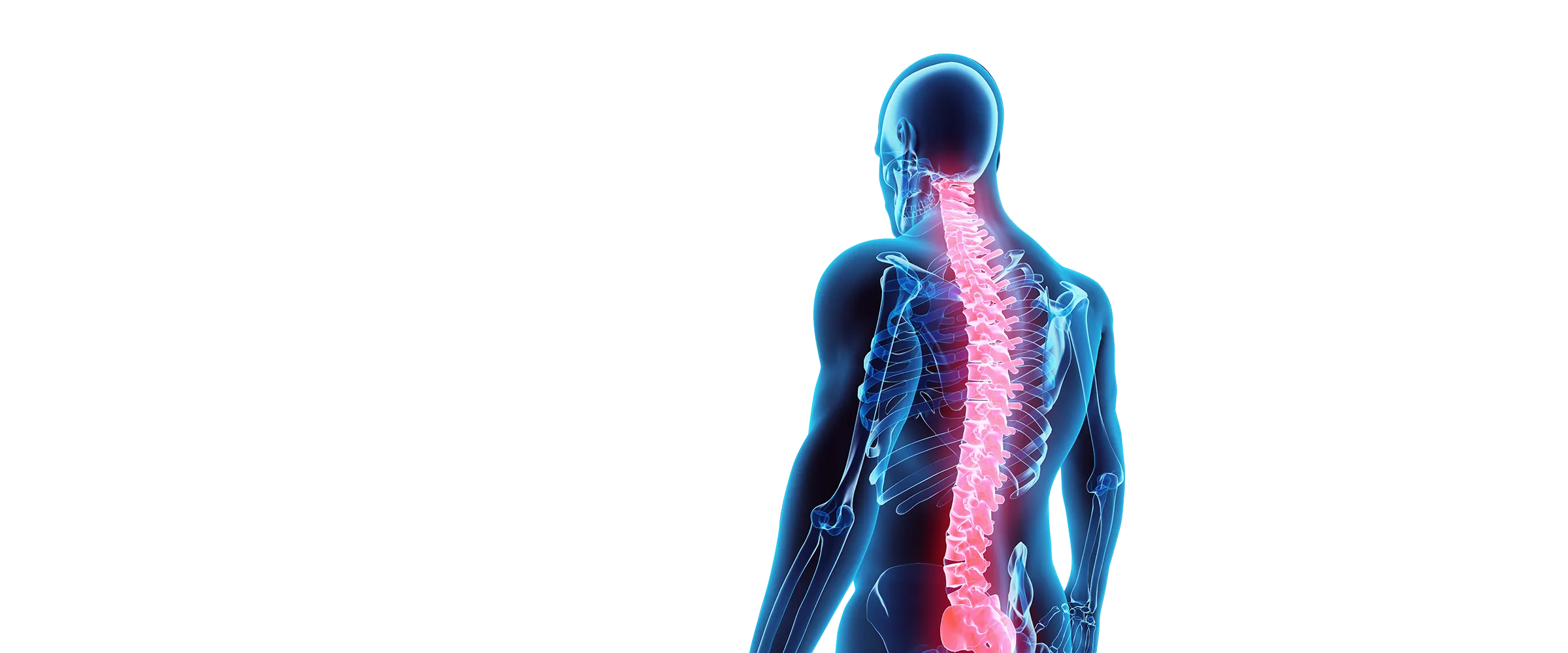
"A friend introduced me to the Activator Method of adjusting in chiropractic college. His father was a chiropractor who utilized various manual-adjusting techniques until his wife suffered a severe whiplash in an automobile accident. She was in extreme pain, so much so, that she could not tolerate her husband's manual adjustments - her pain continued for weeks - she was in misery. Then a colleague learned of the situation and asked if he might treat her because he utilized a different adjusting technique, call the activator. Because the activator rendered a comfortable, gentle adjustment he could address the injury to her neck and she responded beautifully. As you can imagine, this prompted my friends' father to study this method and he was so impressed that he totally changed his practice to an activator practice. This influenced me to seriously consider the Activator Method, and once I studied the technique and compared it to other techniques I knew that I wanted to specialize in activator. I became proficiency rated in 1986 and advanced proficiency rated in 1987." - Dr. Kellie Puroll.

Another valuable consideration is that the activator never gets tired. The last adjustment of a long busy day is the same as the first adjustment given in the morning. It is always consistent, always controlled, very gentle and very effective. It is the smart choice.
Find out more about the activator method of spinal adjusting at www.activator.com


